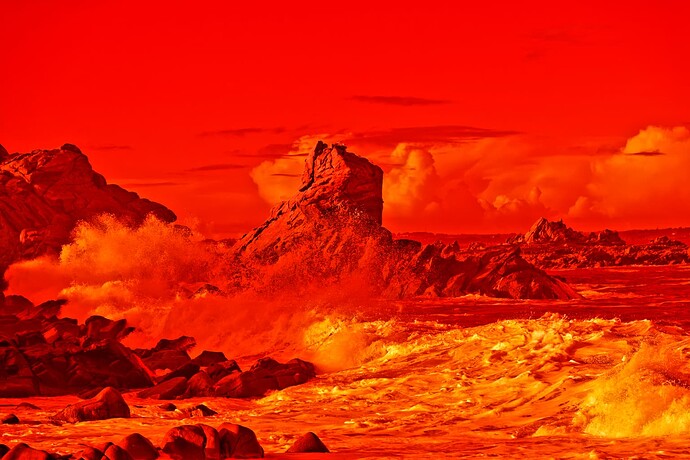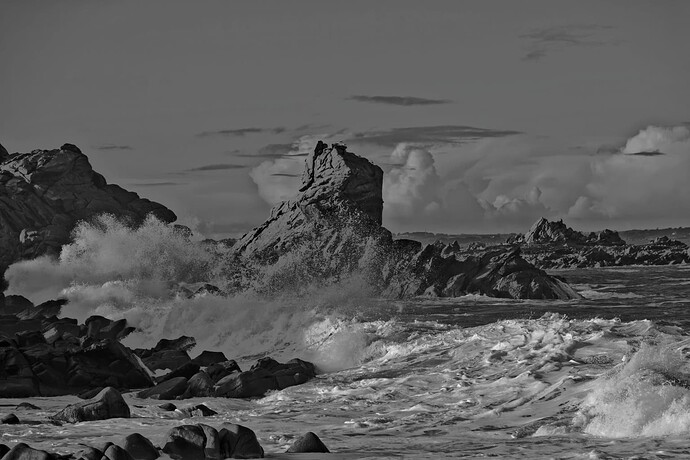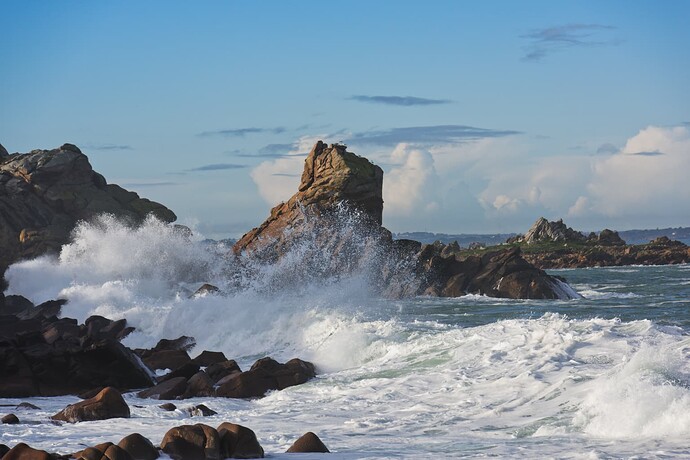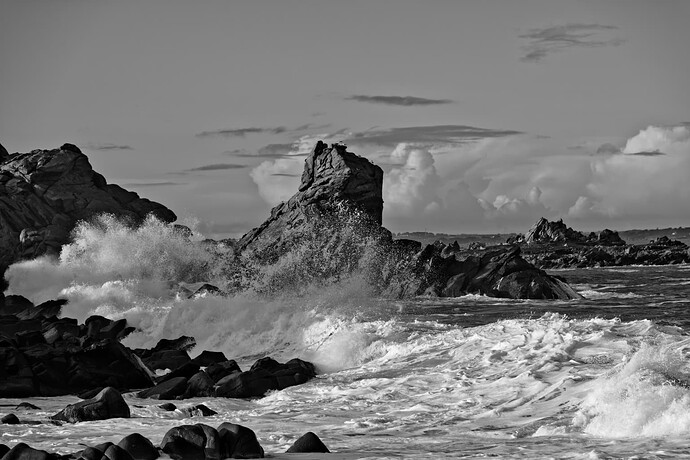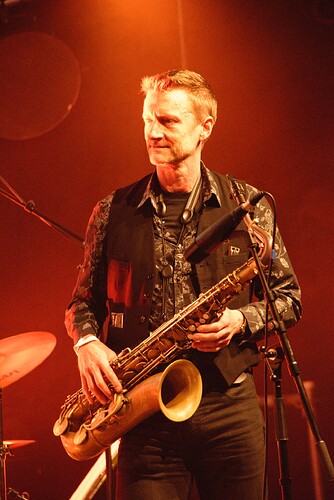There are two very different ways to go about these things. One way is to look for what is “wrong” in a captured image, and correct or enhance it as needed.
Another, which I use a lot, is to think of the image on my screen as if it was “modeling clay”, and manipulate it as needed to shape it in a way that I enjoy.
If I do the latter, for certain Joanna will write back about mistakes, where one setting is conflicting with a different setting.
It’s a choice between “seeing/reacting” and “modeling/manipulating”.
Depending on the image, I may use PhotoLab one way, looking for the better settings for many of the PhotoLab settings. The other may be to simply start making adjustment while watching the changes in the image on my screen, until I am satisfied.
I’m pretty sure several people here will recognize incorrect settings, and adjust them. That should lead to a good looking photo. But it ignores “emotion”.
I hope I can start with the biggest choices, then work my way down to the minor choices. Cropping (or not) is first on my list. Image manipulation (stretching, or compressing, or leveling) comes next, the goal being a pleasing composition. Then there is all the “fine tuning”. I don’t always do things in this order, but I usually try to.
I hate to admit it, but all the technical details Tracy has mentioned are usually irrelevant to me - I’ve got to work within the limitations of the original image, and try to improve that. But if I was in a studio, or had the opportunity, I would prefer to be able to change the camera settings to get the best possible end result once I start editing.
The single biggest thing I learned from @tvalleau in the recent discussions here, is what is really happening when I press the shutter release button. Now I understand what is really happening inside the camera.
The second biggest thing is that I need to do anything I can to get the best “starting point” before I start to edit later. Joanna has emphasized this over and over and over when it comes to exposure - if I have the time to do so, I’ve got to get that right BEFORE I capture an image.
My mind may be out in outer space as I’m shooting, but so much later on will be determined by exposure and image sharpness - along with depth of field, usually.
I suspect that Joanna (and Tracy) set everything up perfectly before capturing an image. I need to get better at this. Last night, my image was going away even as I was looking at it, so there was no time to “think”, only time to “do”. The result would depend on ether “skill” or on “luck”. I felt under pressure, because everything was changing so quickly.
And final thought, while I’d like to consider all my settings and think about what I’m doing in capturing an image, sometimes there is no “time” in which to do so properly, only enough time to try to make sure I’m not making obvious mistakes.
![]()
